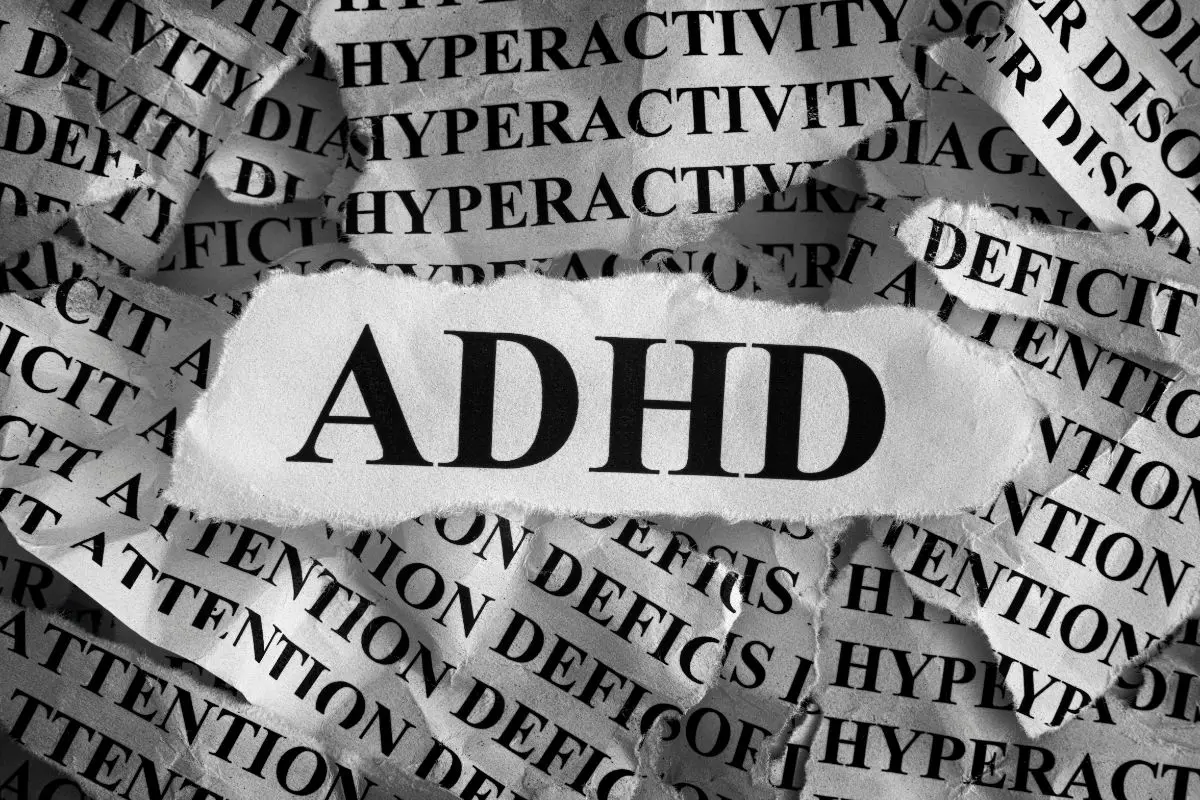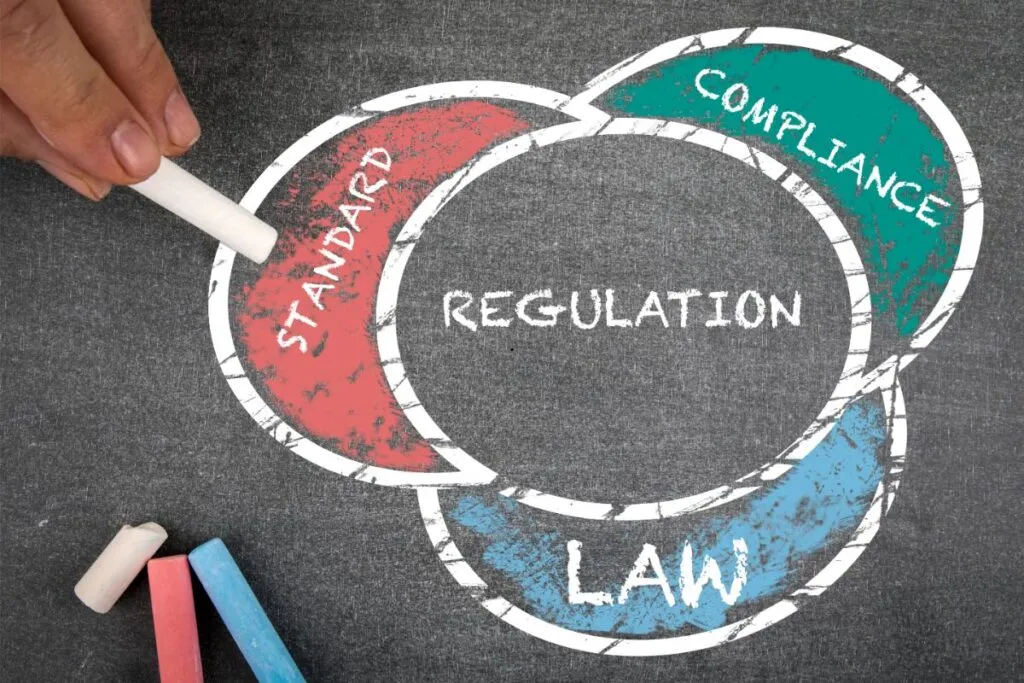10 Proven Strategies for Teaching Students with ADHD in 2025

Teaching students with ADHD presents unique challenges, but it also offers opportunities to help them thrive. In 2025, understanding and applying effective teaching strategies can make a world of difference. Whether you’re a teacher, tutor, or parent, these 10 strategies will equip you with the tools you need to support students with ADHD in a positive, engaging way.
1. Create a Structured Environment
One of the most effective strategies for teaching students with ADHD is providing a structured classroom environment. Students with ADHD often thrive in spaces where they know what to expect and when to expect it. Consistent routines and clear expectations help reduce distractions and increase focus.
Why It Works
A predictable routine allows students to settle into their work, minimizing anxiety and promoting self-regulation. Studies have shown that structure helps students with ADHD manage their impulsivity and maintain attention.
2. Use Visual Aids to Reinforce Learning
Incorporating visual aids—such as charts, diagrams, and color-coded materials—can significantly improve learning outcomes for students with ADHD. These aids make concepts clearer and provide reminders that support memory retention.
Key Tips
- Use posters with key vocabulary or steps for tasks.
- Color-code materials to categorize subjects or tasks.
- Provide visual timers to track time limits.
3. Break Tasks into Manageable Chunks
Large assignments or long tasks can be overwhelming for students with ADHD. Breaking tasks into smaller, manageable chunks helps them stay focused and reduces feelings of frustration.
How to Do It
- Divide lessons into clear segments with specific objectives.
- Allow for breaks between sections to help maintain focus.
- Provide checklists or task breakdowns to help students stay on track.
4. Incorporate Movement and Active Learning
Movement plays a crucial role in the ability of ADHD students to focus and engage. Incorporating physical activity into lessons helps release pent-up energy, which can improve attention and reduce disruptive behavior.

Ideas for Active Learning
- Use walking or stretching breaks during lessons.
- Incorporate hands-on activities or group work.
- Allow students to stand or move around during tasks as needed.
5. Provide Clear and Concise Instructions
Students with ADHD may struggle with long, complex instructions. To ensure they understand the task at hand, break down the instructions into simple, actionable steps.
Tips for Clear Instructions
- Use short sentences and simple language.
- Repeat instructions or provide written directions.
- Ask students to repeat instructions to confirm understanding.
6. Offer Flexible Seating Arrangements
Allowing students with ADHD to choose their seating arrangements can help them stay more focused. Flexible seating lets them select the environment that works best for their concentration, whether it’s a quiet corner or a standing desk.
Why It’s Beneficial
Flexible seating minimizes distractions and provides students with more control over their learning environment, making them more comfortable and focused.
7. Encourage Frequent Feedback and Positive Reinforcement
Positive reinforcement motivates students with ADHD to continue working hard. Offer regular feedback on their progress and reward small successes to build their confidence and encourage continued effort.
Best Practices for Reinforcement
- Use praise and small rewards for task completion.
- Offer specific feedback to reinforce positive behaviors.
- Create a reward system that aligns with their interests and values.
8. Foster a Supportive Peer Environment
Peer support can greatly benefit students with ADHD. Encouraging group work and collaboration helps them feel more included and enables them to learn from one another. Positive peer interactions can reduce feelings of isolation and improve social skills.

Strategies for Peer Engagement
- Set up cooperative learning groups.
- Encourage peer tutoring or mentoring programs.
- Foster a classroom culture of respect and inclusivity.
9. Implement Technology Tools
Incorporating technology into lessons can help keep students with ADHD engaged and motivated. Digital tools, such as educational apps and games, provide interactive ways for students to learn at their own pace.
Recommended Tools
- Use apps like Quizlet for flashcards or brain breaks.
- Introduce speech-to-text software for writing tasks.
- Use video lessons or gamified learning platforms.
10. Focus on Emotional Regulation and Self-Advocacy
Teaching students with ADHD to recognize their emotions and self-advocate is crucial for their long-term success. By learning how to manage stress and ask for help when needed, students can become more independent learners.

Tips for Emotional Regulation
- Teach coping strategies for stress and frustration.
- Encourage open communication about their needs.
- Role-play self-advocacy skills to empower students.
Conclusion
Teaching students with ADHD in 2025 requires a mix of patience, understanding, and innovative strategies. By creating structured environments, utilizing visual aids, incorporating movement, and providing regular feedback, you can help students with ADHD succeed in the classroom. Remember, every student is unique, so try different strategies to find what works best for them.
By applying these 10 proven strategies, you not only support students with ADHD but also foster an inclusive learning environment that benefits all learners.
Also Read: AI in Education: Transforming the Future of Learning
FAQs
1. What is the most effective way to teach students with ADHD?
A structured environment with clear instructions and consistent routines is key to supporting students with ADHD.
2. How can movement help students with ADHD?
Incorporating physical activity, such as movement breaks or active learning, helps ADHD students focus and burn off excess energy.
3. Are visual aids helpful for students with ADHD?
Yes, visual aids such as charts, color-coded materials, and visual timers can help students with ADHD process and retain information.
4. How can technology support students with ADHD?
Technology tools, such as educational apps, speech-to-text software, and gamified learning platforms, can engage students and help them learn at their own pace.
5. How can I support emotional regulation in students with ADHD?
Teaching coping strategies, encouraging open communication, and helping students advocate for themselves can improve emotional regulation and self-awareness.

Similar Posts
Is the Logitech MX BRIO the Solution for High-Quality Video Communication?
Is a Master’s in Cybersecurity Worth It? Expert Insights
6 Easy to Practice Go Green Ideas to Maintain Eco-Friendly Environment